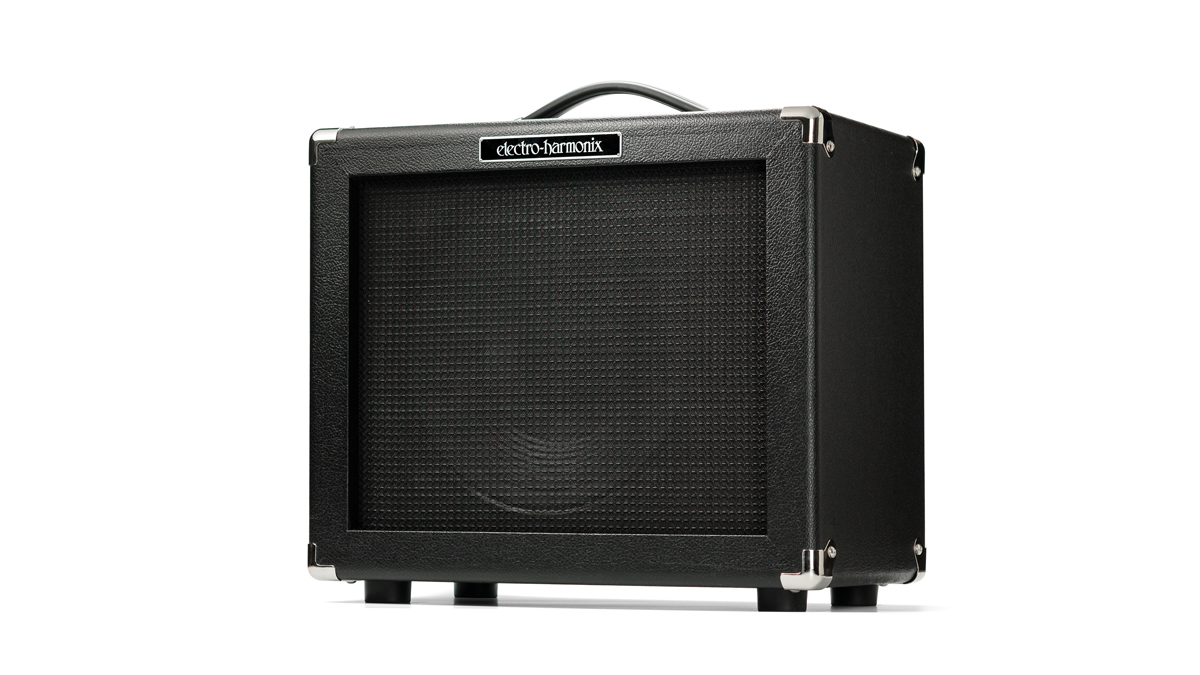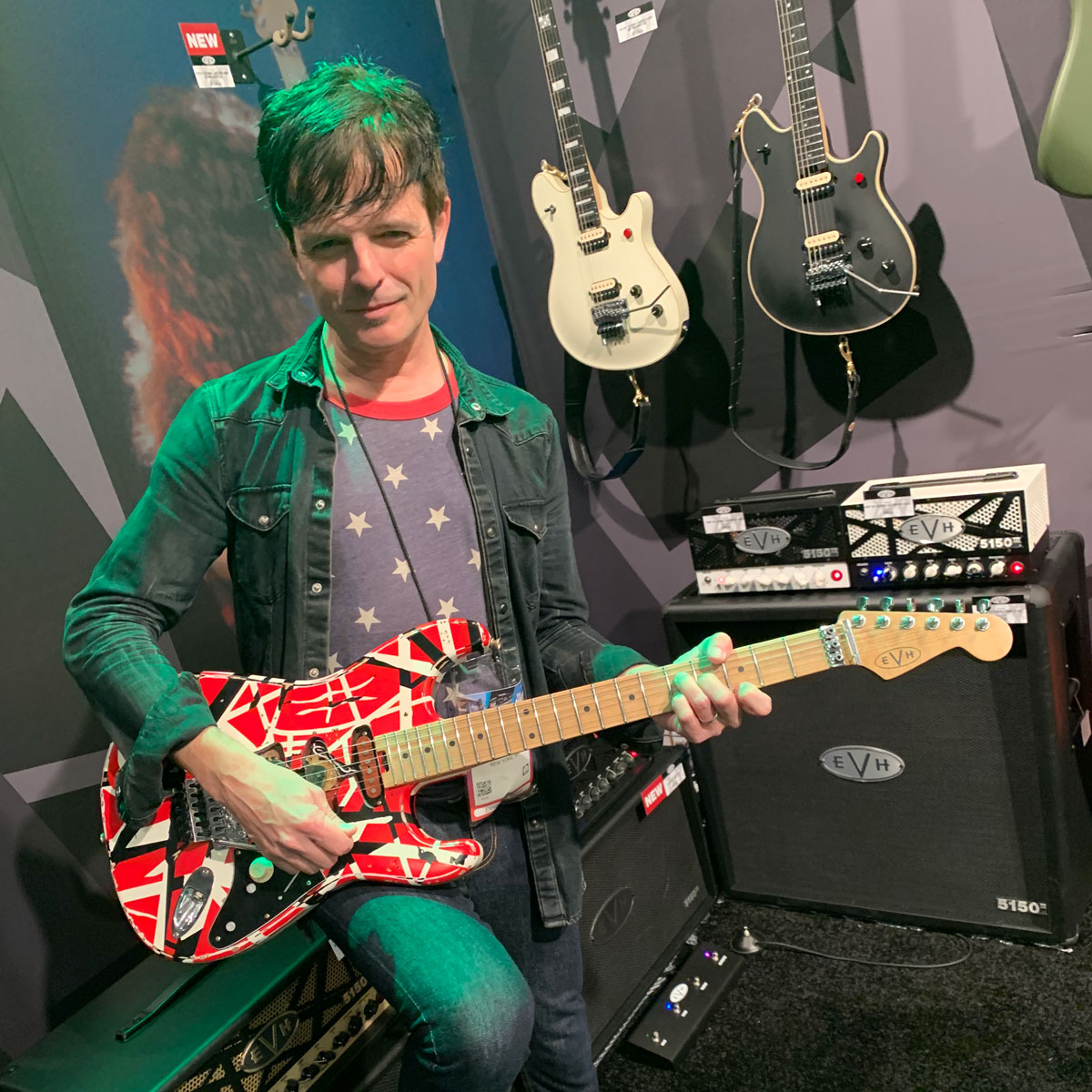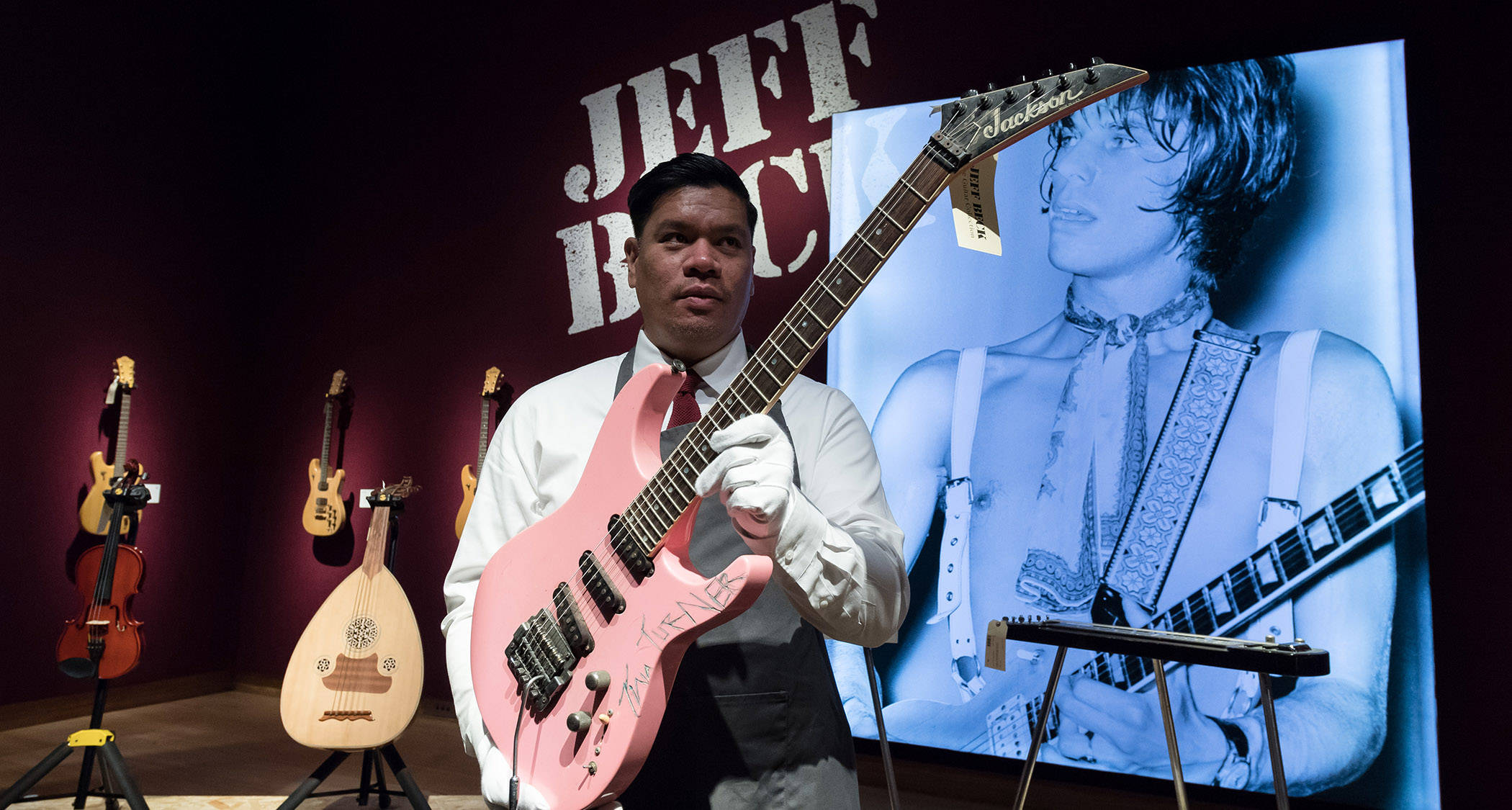Guitar World Verdict
As a solid-state powerhouse with four built-in reverbs, the blistering EHX Dirt Road Special delivers sparkling cleans or stinging drive with tube-like gusto.
Pros
- +
It's a solid-state amp with a tube-like feel.
- +
Versatile sounds.
- +
Superb onboard reverb.
- +
Good price.
- +
Giggable power.
Cons
- -
No effects loop.
You can trust Guitar World
Solid-state guitar amps tend to fall into two categories: your meat-and-potatoes “clean and dirty with reverb” bundles, and “everything but the kitchen sink” ones with amp and effects modeling. I have no problem using either type as of late because, frankly, solid-state amplification has come a long way from some of the sterile- and anemic-sounding tubeless amps of yore.
Case in point: Electro-Harmonix’s brand-new Dirt Road Special isn’t an exact reissue of the late-'70s “Mike Matthews Dirt Road Special” – a rare 25-watt solid-state combo with Electro-Harmonix’s Small Stone phaser circuit built in – but rather, a capable 1x12 combo that builds upon the original’s design by bumping the power up to 40 watts and replacing the phaser with four built-in reverbs pulled from EHX’s Holy Grail Max pedal instead, making it a far more practical and gig-worthy amp.
But, more importantly, its updated circuitry provides a more authentic tube-like response and feel that may almost make you forget it’s a solid-state amp.
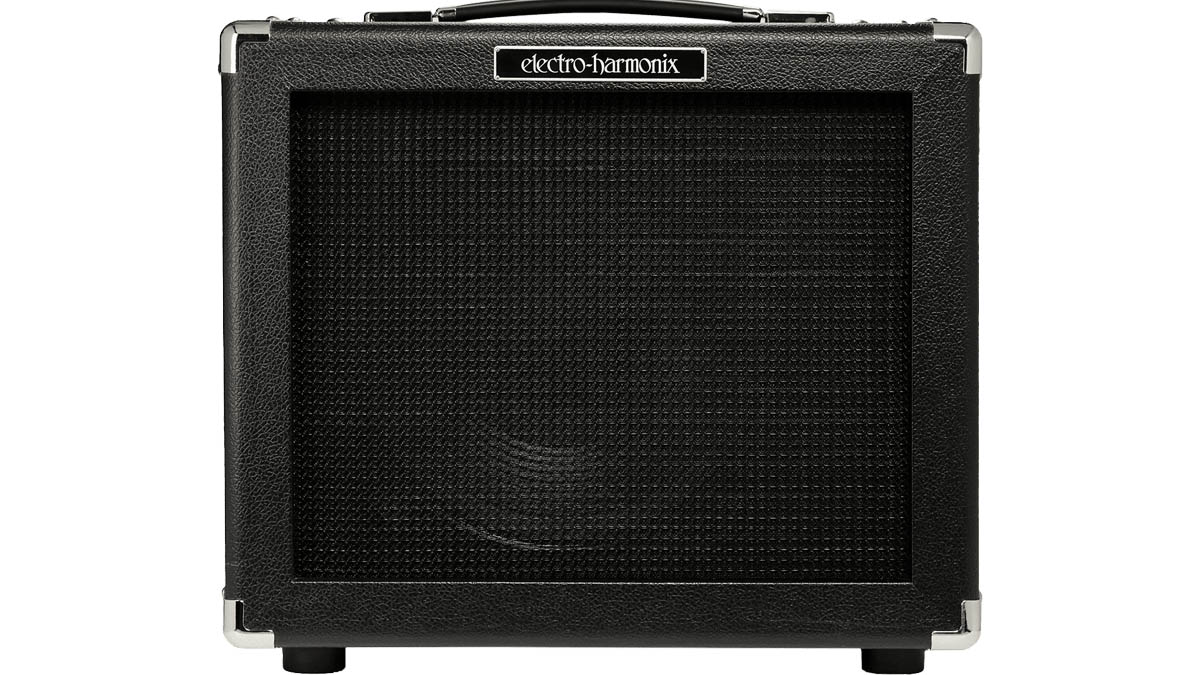
Features
The boxy Dirt Road Special may look somewhat small, but don’t be fooled; this combo gets plenty loud, thanks to its open-back design and custom-voiced Electro-Harmonix 12-inch speaker that’s rated at 75 watts. It’s also pleasantly portable and feels much lighter than its 30lbs readout.
Its top-panel controls include Volume, Tone (bass/treble frequency response), Bite (gain and treble frequency response) and Reverb (reverb volume), along with a rotary reverb-type selector (Spring, Hall, Plate and Reverse) and Time (adjusts the reverb’s decay time). The amp also includes an on/off footswitch for the reverb.
Performance
I really thought the Dirt Road Special would mostly be a “clean machine” – and it certainly does that – despite the amp’s figurative name that suggests otherwise. To get spotlessly clean largely depends on where you set the Volume knob, and then, how you balance the interactive dance between the Tone and Bite controls.
For this, Volume can be taken up to 3 while leaving the Tone knob at high noon and setting the Bite control slightly before that for fullness and clarity. Here, the Dirt Road Special is great for hearing the sparkle of your single-coil pickups and the roundness of humbucker-equipped guitars.
All the latest guitar news, interviews, lessons, reviews, deals and more, direct to your inbox!
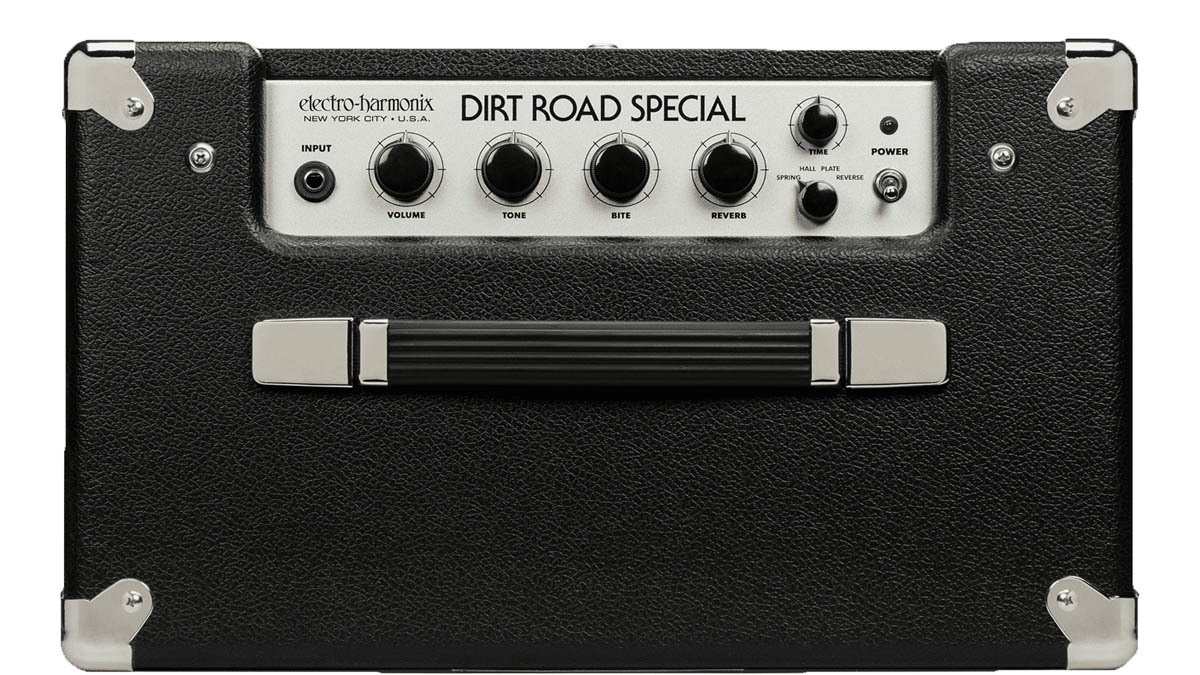
It’s also where your time-based and modulated effects receive proper representation in use as a solid pedal platform. But to find that “Dirt Road,” those same controls need to become a matter of addition and subtraction. As you increase Bite along with Volume, more gravelly grind emerges with a sharpened high-end attack, which means you’ll need to dial back Tone to supplant the gain and higher treble frequency response of Bite in order to bring forth more plump low-end.
At peak volumes, I’m not sure I’d call the sound overdriven, but depending on how hard you dig in, it reminds me of the stinging, pointed drive that screamed from Pete Townshend’s super-loud HiWatt stacks, and easing up on your guitar’s volume control will curb that pummeling tone.
Simply put, it’s a gritty “loud-clean” with a noticeable degree of warmth, and finding that sweet spot mix between those controls makes the Dirt Road Special convincingly react much like a tube amp.
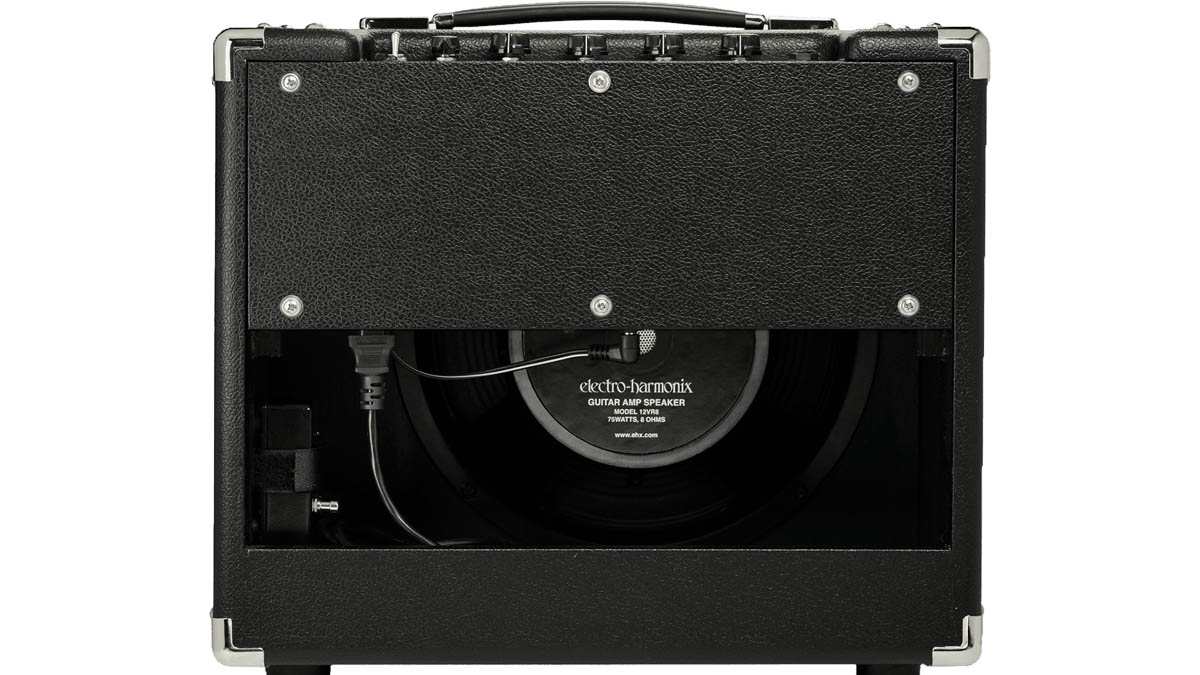
If you love ‘verb, you’ll appreciate the built-in selection of onboard reverbs in the DRS. What’s really useful is having the Time knob for setting generous or narrower decay times for each of its voluminous reverb types. Many players will find the Spring and Hall reverbs to be handy in most live situations for their organic shimmer.
Plate is the most immense of the four, and maxing out the decay time stirs up a splashy tidal wave of reverb wash that seems to endlessly linger. Reverse is more of a novelty, but its delayed backward response can make for some fun and interesting spatial textures if you decide to commit it to tape.
Specs
- PRICE: $406 / £372
- TYPE: Class D solid-state guitar amp combo
- CONTROLS: Volume, Tone, Bite, Reverb, Time, 4-way Reverb Selector
- POWER: 40 watts
- SPEAKER: 1x12 EHX 75-watt
- FEATURES: Spring, Plate, Hall and Reverse reverbs [footswitchable] taken from EHX’s Holy Grail Max pedal
- WEIGHT: 29 lbs
- DIMENSIONS: 15.5" (H) x 17.5" (W) x 10.5" (D)
- CONTACT: Electro-Harmonix
Paul Riario has been the tech/gear editor and online video presence for Guitar World for over 25 years. Paul is one of the few gear editors who has actually played and owned nearly all the original gear that most guitarists wax poetically about, and has survived this long by knowing every useless musical tidbit of classic rock, new wave, hair metal, grunge, and alternative genres. When Paul is not riding his road bike at any given moment, he remains a working musician, playing in two bands called SuperTrans Am and Radio Nashville.
